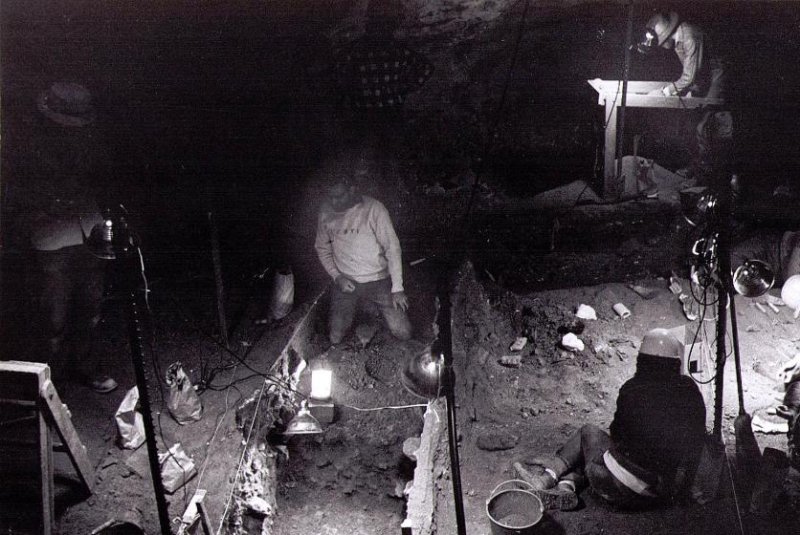CHEYENNE, Wyo., July 24 (UPI) -- The entrance of Wyoming's Natural Trap Cave is just 15 feet long and 12 feet wide, big enough to let in sunlight and a few scientists. But as visitors quickly find out, that bit of sunlight illuminates an expansive cavern beneath -- 85 feet deep and 120 feet wide.
The smallish entrance is well hidden by the boulders and the sage and scrub brush that texture the foothills of the Big Horn Mountains. It can sneak up on visitors, and it's easy to see how a meandering creature might be grazing one minute and falling precipitously to its untimely death the next as the name of the cave suggests. But more than a name, at the bottom of the cave there's a pile of animal bones stacked 30 feet high -- stark evidence of the cavern's perils.















